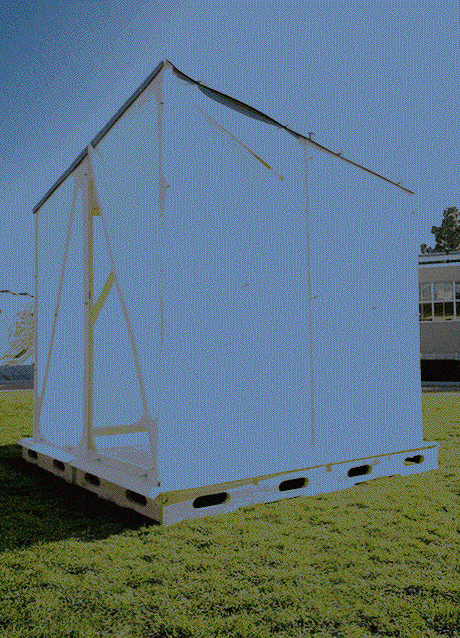
May 1, 2012
Lab Report XXVII
What is a fab lab? You may already know it as a workshop or laboratory that allows digital fabrication of all sorts of interesting products. But while fab labs are ubiquitous at universities, few conduct research aimed at humanitarian ends. Enter Cal Poly, San Luis Obispo where the d[fab]lab is not just used to help students […]
What is a fab lab? You may already know it as a workshop or laboratory that allows digital fabrication of all sorts of interesting products. But while fab labs are ubiquitous at universities, few conduct research aimed at humanitarian ends. Enter Cal Poly, San Luis Obispo where the d[fab]lab is not just used to help students realize their projects. It’s a place to explore concepts that can help real people. Now.
Take for example the project conducted on versioning, which the team at CalPoly defines as “a methodology that uses digital tools to compress design, testing, assembly and production into a single process.” They are, in essence, giving a different definition of design/build, one that is not often associated with architecture. In versioning, there are no in-house or affiliated contractors, unless you count the fabrication laboratory.
Analysis of different panel types, image via www.arch.calpoly.edu
What’s more important is the focus of this project: It provides readily available emergency shelters. We all know of the disastrous efforts FEMA made to provide temporary shelter for victims of Katrina when their trailers became a byword for squalor, institutionalized neglect, and indifference to certain populations.
The Flat Pack Emergency Shelter (FPES) team has designed and fabricated an easily assembled and transported emergency shelter whose pieces are all compacted into a single flat pack. If you think that tents are even more portable, consider the fact that they are not always practical depending upon conditions such as weather, terrain, and the type of emergency. These flat pack shelters offer more stability for the interim needs following a disaster.
The initial parameters of the project use FEMA’s definitions of what comprises a shelter: interim housing and permanent housing. Shelters are for that period which can provide a dry place for people after a disaster and before they return to their former homes or new permanent housing. Oftentimes, however, conditions require the dispossessed to use shelters as de-facto interim housing structures. The FPES can withstand longer periods of occupation as well as provide more stability and comfort than either a tent or the infamous FEMA trailers do.
Exterior of Version 3 Flat Pack Emergency Shelter, image via www.arch.calpoly.edu
CalPoly researchers wanted design a structure that’s easy to construct (i.e. within the confines of a fablab), is packable, adaptable, lightweight, and, reusable. Moreover, the team used materials that are easily obtained, renewable, and conscientiously sourced: Their choice, honey combed paper-faced panels are durable and light enough to transport. All these factors make the Flat Pack Emergency Shelter simple to deploy and assist disaster victims wherever they are located. Of course this is an initial experiment, a prototype. But the details look promising indeed.
Sherin Wing writes on social issues as well as topics in architecture, urbanism, and design. She is a frequent contributor to Archinect, Architect Magazine and other publications. She is also co-author of The Real Architect’s Handbook. She received her PhD from UCLA. Follow Sherin on Twitter at@xiaying
For Previous Lab Reports follow this link.






